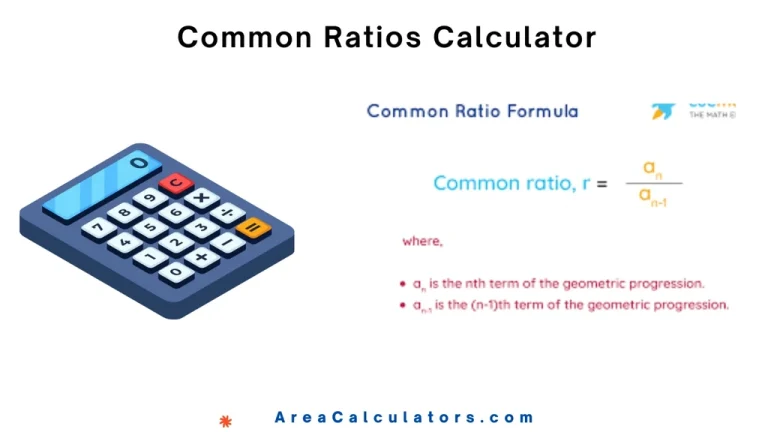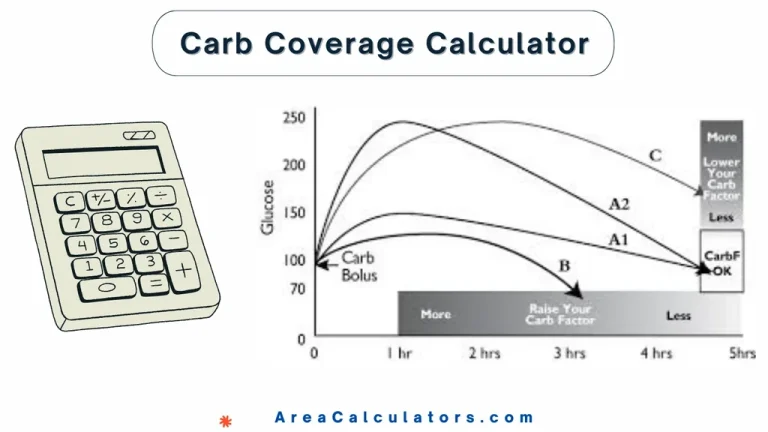Coefficient Of Kurtosis Calculator
To calculate the coefficient of kurtosis, you need the number of data points (n), the data values (x), their mean (μ), and standard deviation (σ). The formula measures the peakedness or flatness of the data distribution compared to a normal distribution.
The coefficient of kurtosis calculator enables us to find the degree of peakedness or flatness in a data distribution compared to a normal distribution. Kurtosis is essential in statistics as it informs us about the presence of outliers in the data. A high kurtosis indicates heavy tails or outliers, while low kurtosis suggests fewer outliers.
This calculation is frequently used in fields like finance, quality control, and research to understand data distributions better. For instance, when analyzing financial returns, a higher kurtosis could indicate a higher risk due to the presence of extreme values.
Formula:
| Variable | Description |
|---|---|
| Coefficient of Kurtosis | |
| Number of data points | |
| Individual data values | |
| Mean of the data set | |
| Standard deviation of the data set |
Solved Calculations:
Example 1:
A data set contains five values: 2, 4, 6, 8, 10. Calculate the coefficient of kurtosis.
| Step | Calculation |
|---|---|
| 1. | , , |
| 2. | Calculate |
| 3. | |
| 4. | After calculation, |
Example 2:
For a data set with 7 values: 1, 3, 5, 7, 9, 11, 13:
| Step | Calculation |
|---|---|
| 1. | , , |
| 2. | Calculate |
| 3. | |
| 4. | After calculation, |
What is a Coefficient Of Kurtosis Calculator?
The Coefficient of Kurtosis Calculator is a statistical tool. It is used to measure the degree of peakedness or flatness in data distributions.
This coefficient serves analysts to understand data shape and distribution characteristics by comparing the frequency and height of data peaks with a normal distribution. It’s particularly useful in finance and data analysis, where understanding distribution behavior is essential.
Generally, Kurtosis is calculated in Excel or other statistical software, especially when working with large datasets, whether they are grouped or ungrouped.
This calculator also helps evaluate data symmetry, often used alongside the skewness calculator. For instance, a kurtosis value of 3 represents a normal distribution, while values higher than 3 indicate a sharper peak, and lower values suggest a flatter distribution.
When analyzing data, this tool aids in providing insights into the dataset’s tail behavior, making it valuable for risk assessment, quality control, and academic research.
Final Words:
Concisely, the Coefficient of Kurtosis Calculator is essential for analyzing data distribution shapes. It aids in identifying distribution characteristics, helping researchers and analysts understand patterns and deviations within datasets.






